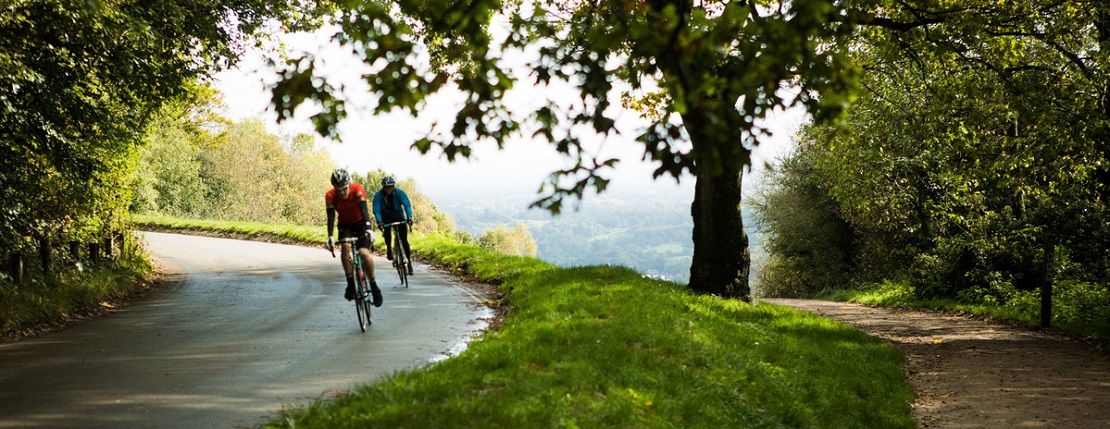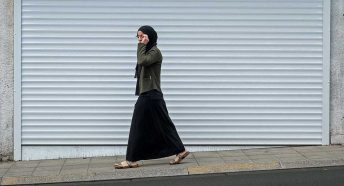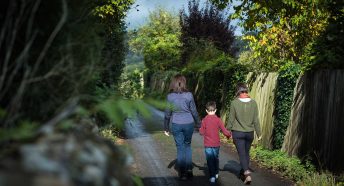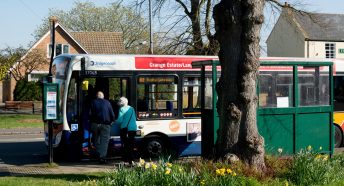Chris Boardman on his campaign for safer cycling and walking
Cyclist Chris Boardman won the acclaim of the nation with his spellbinding gold medal-winning performance in 1992’s Barcelona Olympics. In his role as Greater Manchester’s cycling and walking commissioner, he’s now channeling that passion and dedication into making it safe for everyone to enjoy active travel. Here, he tells CPRE why the potential benefits are impossible to ignore.
My earliest cycling memories are probably much like everybody else’s. I played out on the road with friends, and then later in the local park, or in the fields. At that age, a bicycle is a way to extend your territory; a form of personal liberty. But kids don’t play out in the street now. That’s all gone, in one generation. There are all sorts of reasons not to move. There are attractions being provided to do everything indoors and online, by businesses that have become very good at extracting your disposable income.
My kids are fairly well-balanced. They’re all different, and obviously at different stages – one is a keen tennis player, one loves gardening. But they’re constantly bombarded with YouTube videos and games competing for their attention, and if they even want to walk to the shops, it’s a complex, not-very-enticing trip. The job I’m doing now is as much for them, as for myself or anybody else.
Pushing for change
I’ve worked with British Cycling for 10 years to lobby for cycling, with some success. But the political appetite to take on the pain necessary to push through initial resistance wasn’t there, nationally. So we changed strategy, and decided we needed to create an example on a scale that couldn’t be ignored.
That’s when I accepted the job with Andy Burnham to change a city region. And all credit to Manchester: they’ve set out a plan for an 1,800-mile walking and cycling network to be delivered over 10 years, and now we’re cracking on with it.
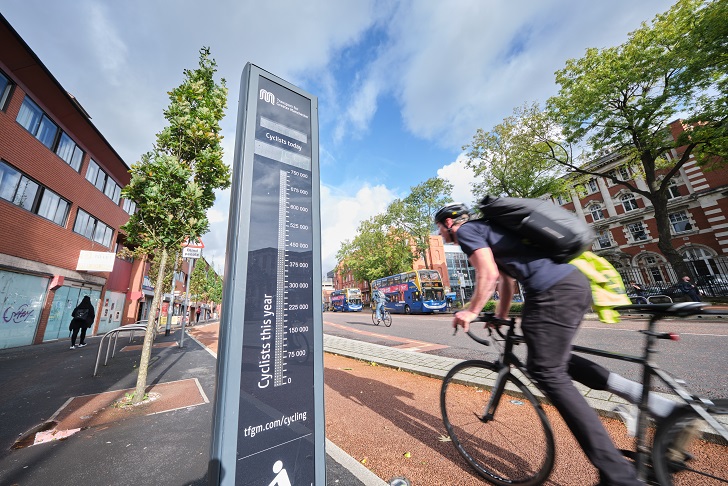
The government’s Gear change walking and cycling proposal last summer was properly game changing. It hasn’t suggested or asked local government to make space for people to walk and cycle more, it has actually mandated it. It revises the Highway Code and sets national standards for cycling and walking infrastructure – and tells local government that if they don’t build to those standards, they won’t get funding. So it’s a strategy with teeth.
That was a bold step that took political courage. What we need now is for the government to double down on that. They need to reinforce what they said: who it’s for, why it’s good for us, why we have to do it.
If you took any person from the UK, stood them on a Danish street, and asked them whose rush hour they preferred – theirs or ours – I think everybody would say the latter. Denmark is a country where around 60% of children cycle to school every day and 35% of all journeys, long and short, are made by bike. No one has a problem with the destination: we’re all kind of aligned on wanting safe, sustainable, hassle-free travel. The problem is making the change.
Here, people are incensed if they see me riding a bike in normal clothes with no cycling helmet on. We’ve been trained to think that if you do that, you’re irresponsible. It’s created an expectation that you’ve got to get body armour to cycle, or you’re unsafe and at fault. We’ve lost track of what really matters.
Traffic trauma
What low-traffic neighbourhoods (LTNs) are currently exposing is that we’ve saturated our roads with traffic. There have been an extra 10 million cars on our roads in the past 10 years. We’ve got wonderful inventions like sat nav – which tells us there’s traffic ahead so it’s going to take you on a quieter route. This is great on an individual level; but unfortunately it means millions of cars on our residential streets.
There’s no pain-free solution to the increasing traffic on our roads. Do we just make bigger roads? Why would we not at least try LTNs that will change behaviour and prevent cars cutting through residential neighbourhoods?
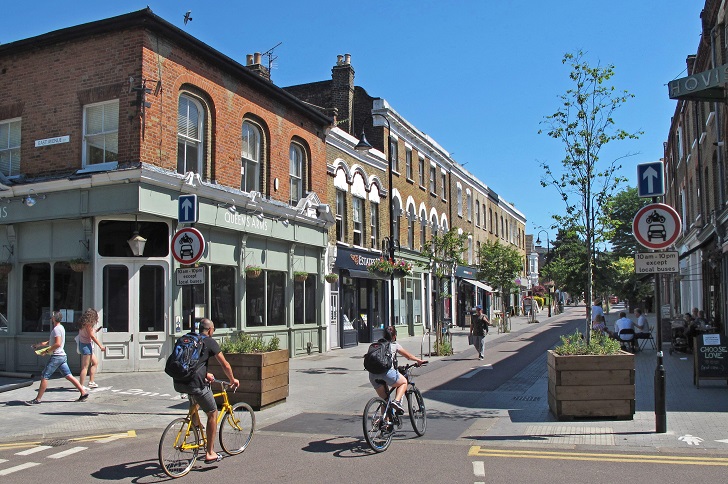
Waltham Forest is one of the suburbs of London which introduced traffic calming measures a couple of years ago. Clyde Loakes is a leading councillor in the area. He told me he wasn’t really into the changes, but the council had committed to making them, so he had to attend the protests. And there were near-riots happening over filtering traffic and having residents-only parking and making some streets one-way. But now, he says, the shops are walkable, pollution has gone down by up to 90%, and people prefer it.
It’s also important to remember that around 25% of households in the UK don’t have a car, and if you move towards any kind of town or city, that figure goes up. It’s about 30% in Greater Manchester and about 50% for Manchester itself, while around 60% of households don’t have a car in London.
Not all of those people can rely on the public transport system, so you have to give those people alternative travel options that don’t involve jumping in a car. And you have to make space for them to move about, as we all did last spring and summer, in our droves.
Building back greener and healthier
The past year has been emotionally rinsing. I don’t like using the word ‘opportunity’ around a pandemic, but we’d be foolish not to see some of the good things that have happened over the past 12 months – like what we did and how we felt when our streets were stripped of traffic. There was a 300% increase in cycling across England in lockdown, because it’s an easy way to get around locally. Plus it’s nice for your mental health to get out and about.
I live right on the Dee Estuary, with views across to Wales, and it’s all lovely and green. I enjoy just going down there and enjoying the quiet. It’s a curious spot. No one ever built a road along the water’s edge, as often happens. So although the Wirral is relatively well populated, I didn’t realise it would be so peaceful – you don’t have passing traffic noise, just owls, foxes and birds.
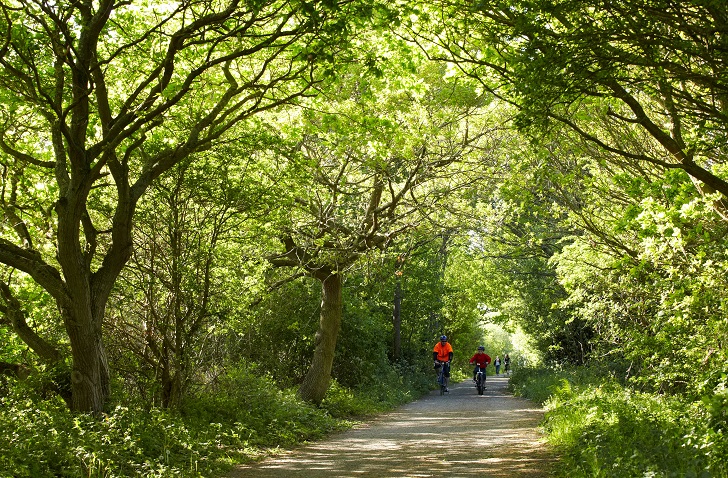
I don’t yet know how we’ll look back on this time. I hope it’s the moment when we give people a real option not to have to use a car, by making space for them to walk and cycle safely. Yes, that will inconvenience those of us who have been using cars to do everything (I think just over 30% of all car journeys in Greater Manchester are less than one kilometre – that’s 250 million journeys a year). But I hope that in making provision for those who don’t have the choice of a car journey, we can actually move the whole of our society towards a greener, more sustainable transport system.
Find out more about Chris’s work in Greater Manchester on the Bee Network
